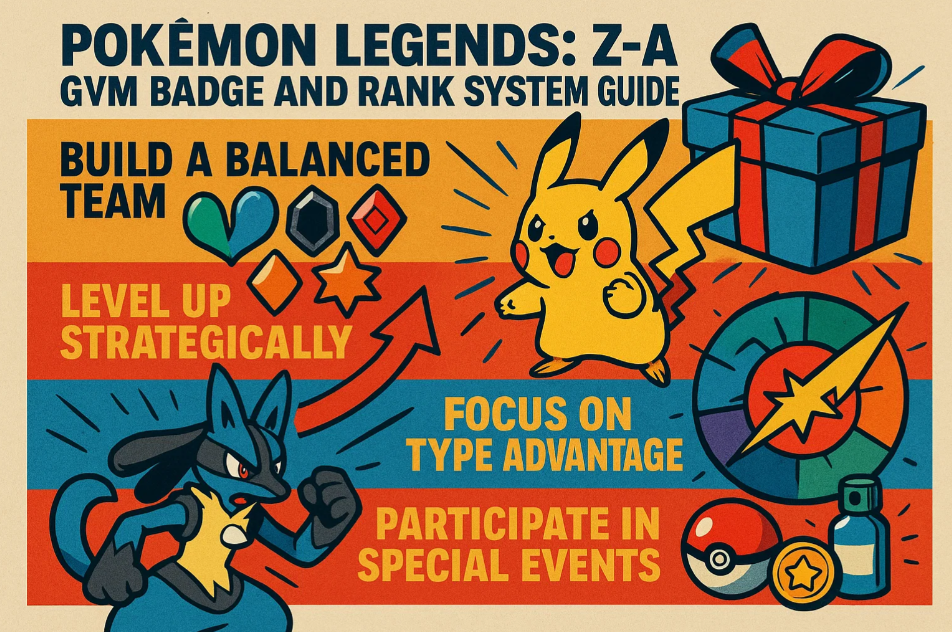In an era where action RPGs frequently prioritize accessibility over depth, Path of Exile 2 emerges as a bold declaration that complexity and mainstream appeal need not be mutually exclusive. Grinding Gear Games has engineered a masterpiece that honors the intricate systems veterans cherish while creating natural onboarding pathways for new players. This delicate balancing act results in what may be the most sophisticated yet approachable entry in the genre to date.
The game’s revolutionary approach to character building manifests through its synergistic skill architecture. Unlike traditional systems where skills operate in isolation, Path of Exile 2 introduces skill constellations—groups of abilities that dynamically enhance one another when used in combination. A lightning spell might leave conductive charges on enemies that a subsequent physical attack can detonate, while frost abilities could create slippery surfaces that improve movement skills. This design philosophy encourages players to think in terms of ability combinations rather than individual powers, resulting in combat that feels more like conducting an orchestra than pressing buttons in sequence.

Resource management undergoes a fundamental transformation through the energy flow system. Instead of managing separate mana pools for different abilities, players manipulate a unified energy source that ebbs and flows based on their actions. Powerful spells create energy deficits requiring recovery periods, while basic attacks generate resources for spectacular displays of magic. This creates natural combat rhythms where players must balance offensive bursts with strategic repositioning and resource regeneration. The system feels intuitive yet offers immense depth for those willing to master its nuances.
The world itself becomes a character through dynamic ecosystem mechanics. Monster factions don’t simply respawn—they evolve, expand territory, and develop resistance to frequently used tactics. Areas cleared of one faction might be occupied by another with completely different behaviors and weaknesses. This living world ensures that no two mapping sessions feel identical and encourages players to adapt their strategies continually. The system creates emergent storytelling opportunities where players might return to previously cleared areas to find them transformed by warring factions or mysterious environmental shifts.
Social integration reaches new heights through the alliance system. Players can form persistent groups that share progression milestones and collective rewards while maintaining individual character development. These alliances create organic mentoring opportunities where experienced players can guide newcomers through complex content without sacrificing their own progression. The system successfully captures the spirit of community that has always been central to Path of Exile’s identity while removing the logistical barriers that often hinder group play.
What truly distinguishes Path of Exile 2 is its philosophical commitment to player agency. Every system, from character development to endgame progression, provides multiple viable paths to success. The game respects players’ time and intelligence, offering clear feedback on mechanics while preserving the joy of discovery. This thoughtful design extends to the new visual and audio presentation, where every skill effect and environmental detail serves both aesthetic and functional purposes. poe 2 items doesn’t simply iterate on its predecessor—it redefines what an action RPG can be, proving that depth and accessibility can coexist when handled with care, intelligence, and respect for the player.
